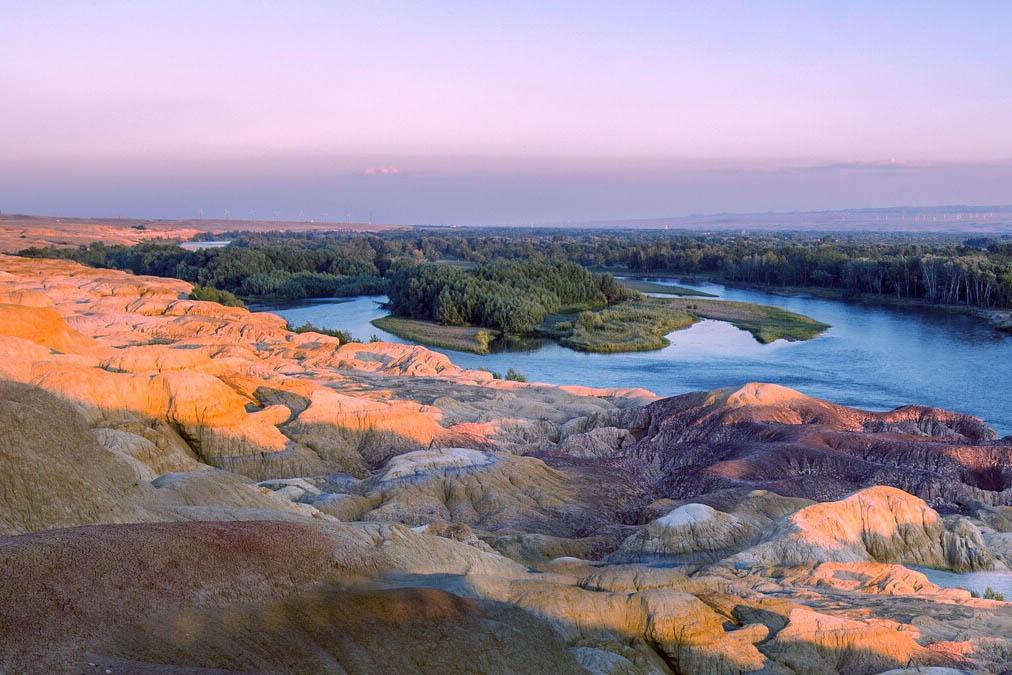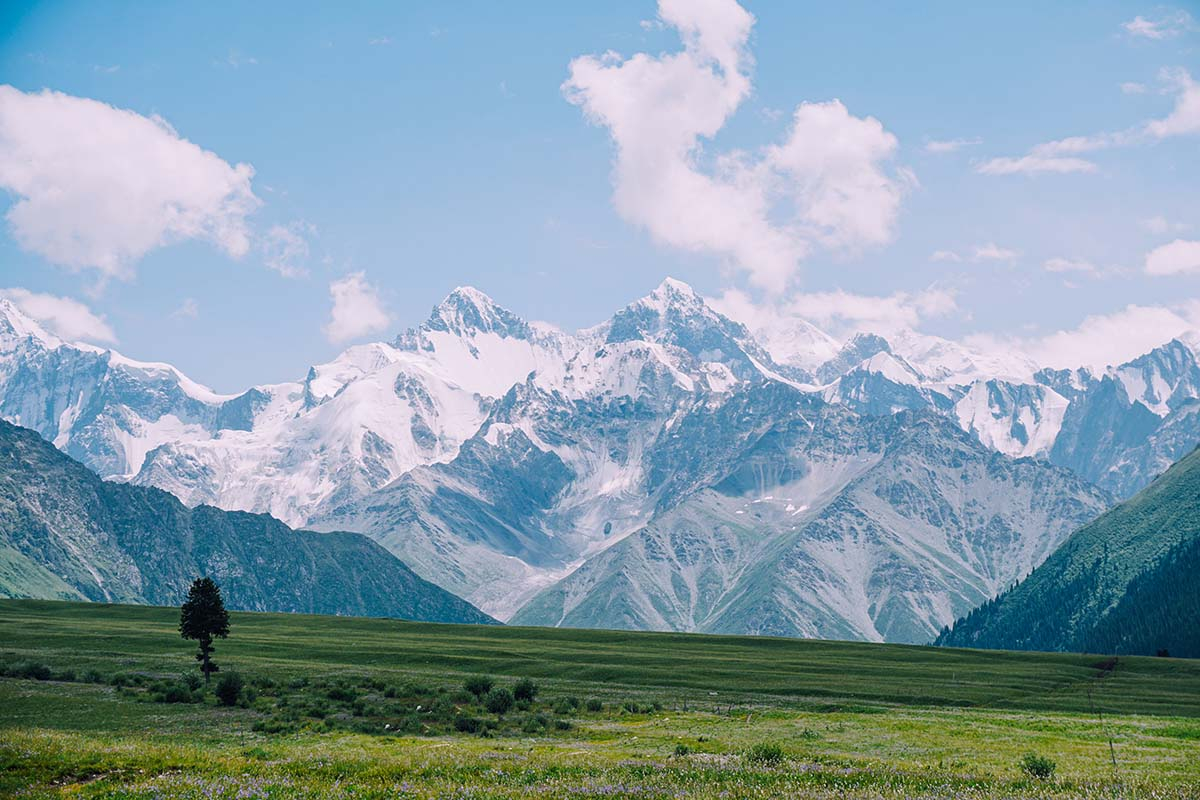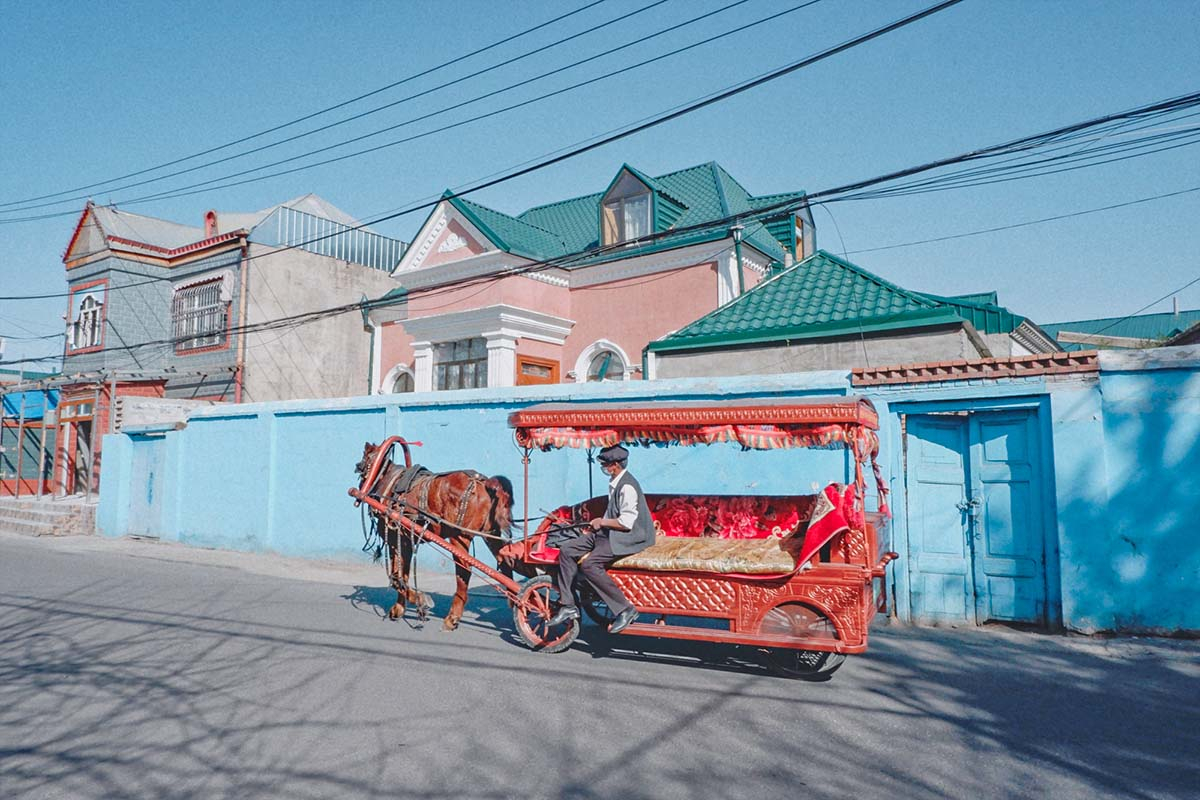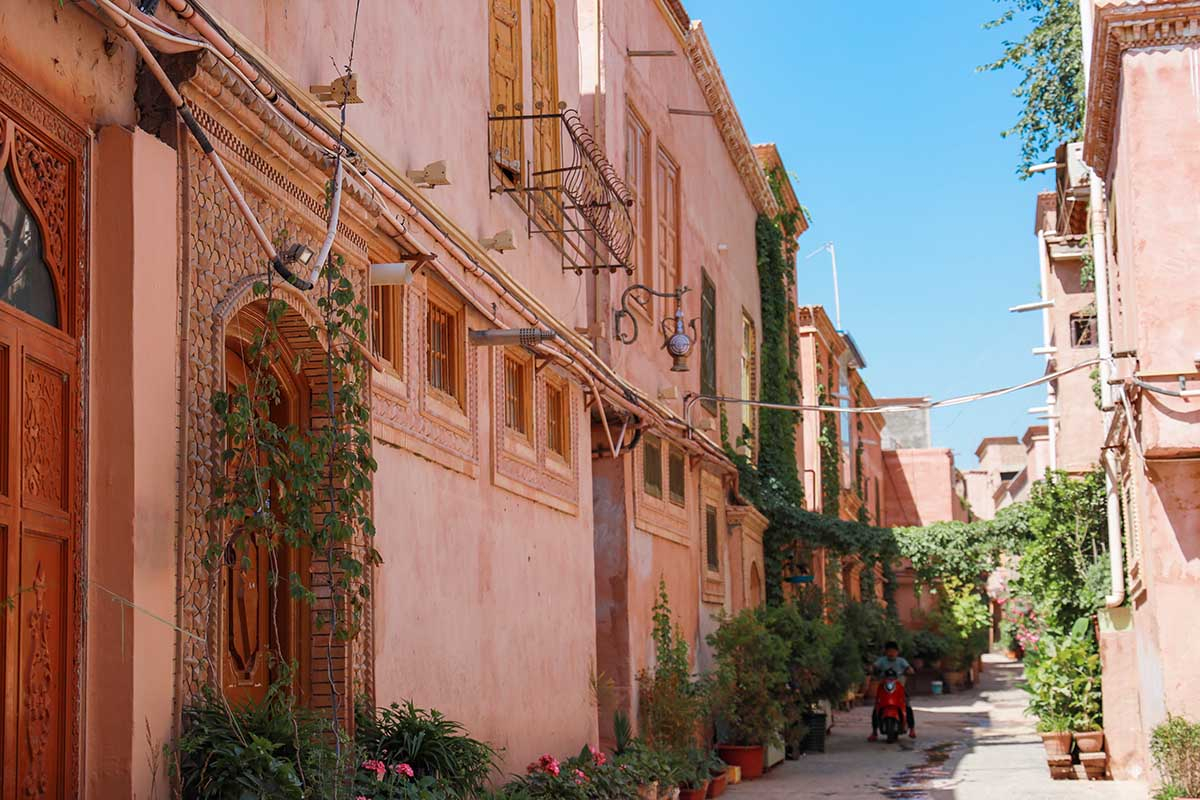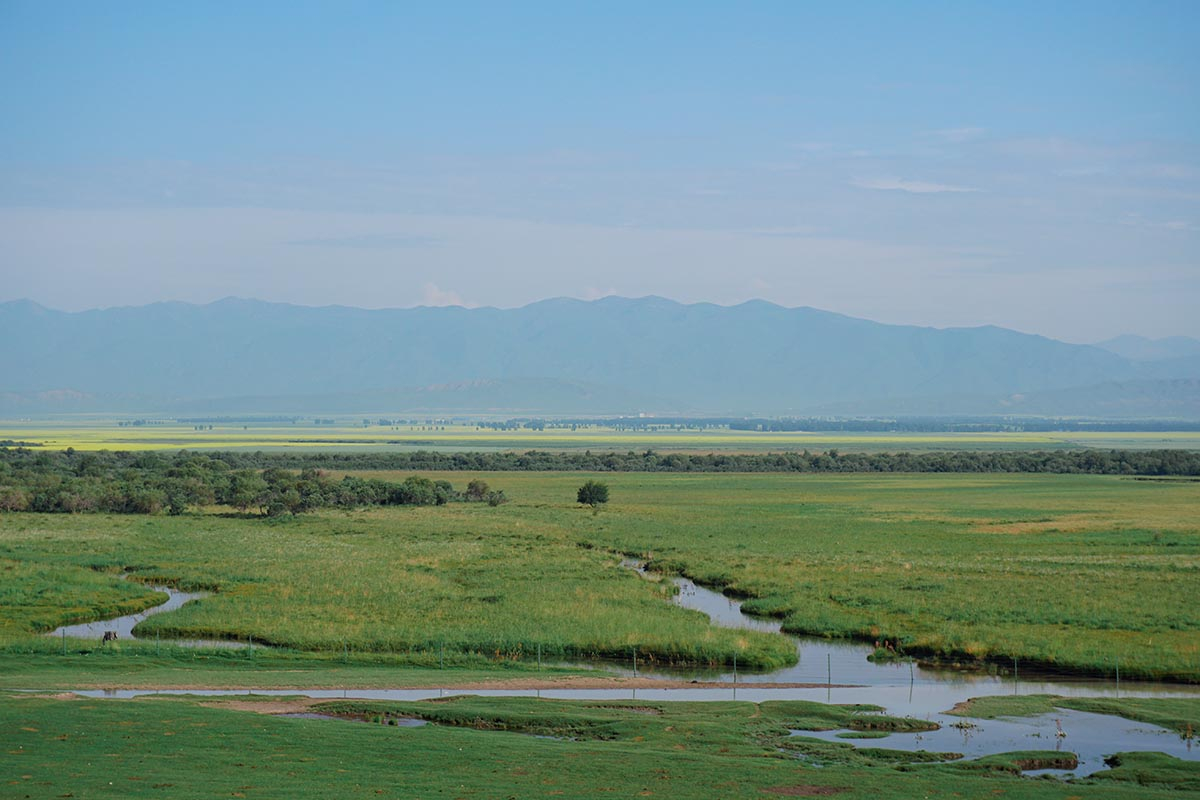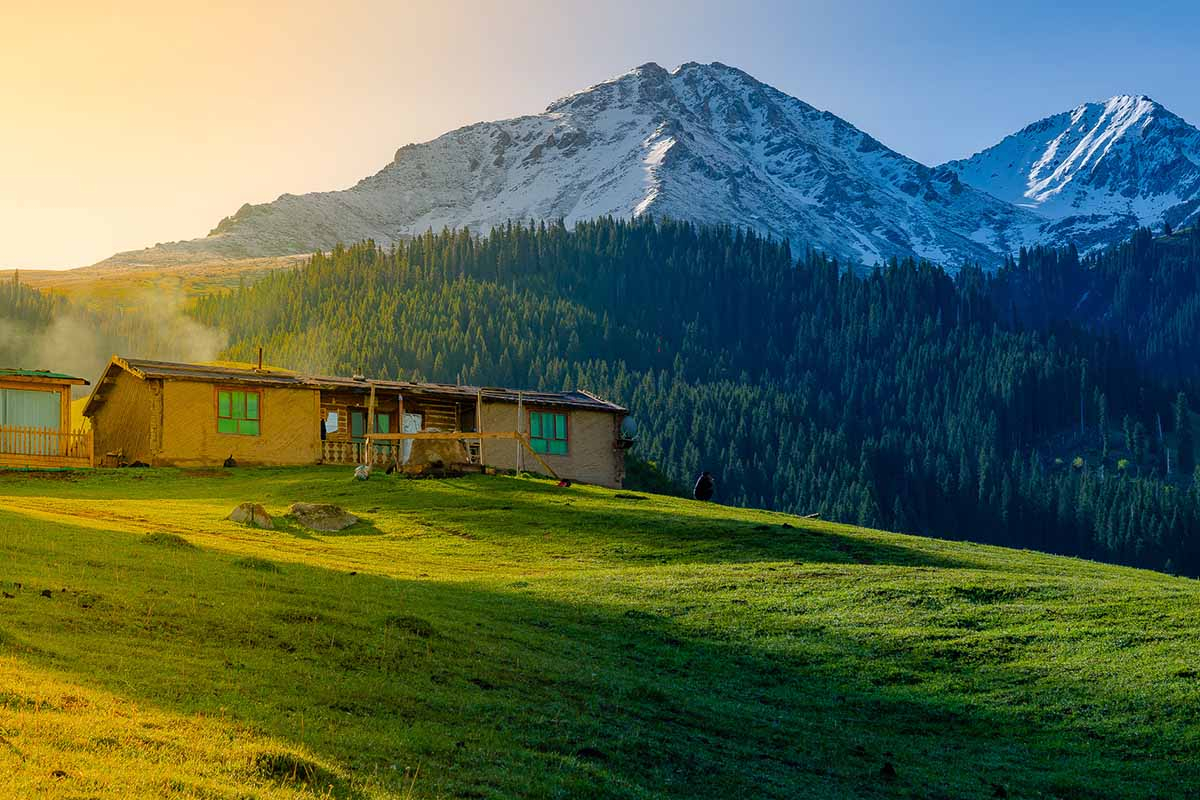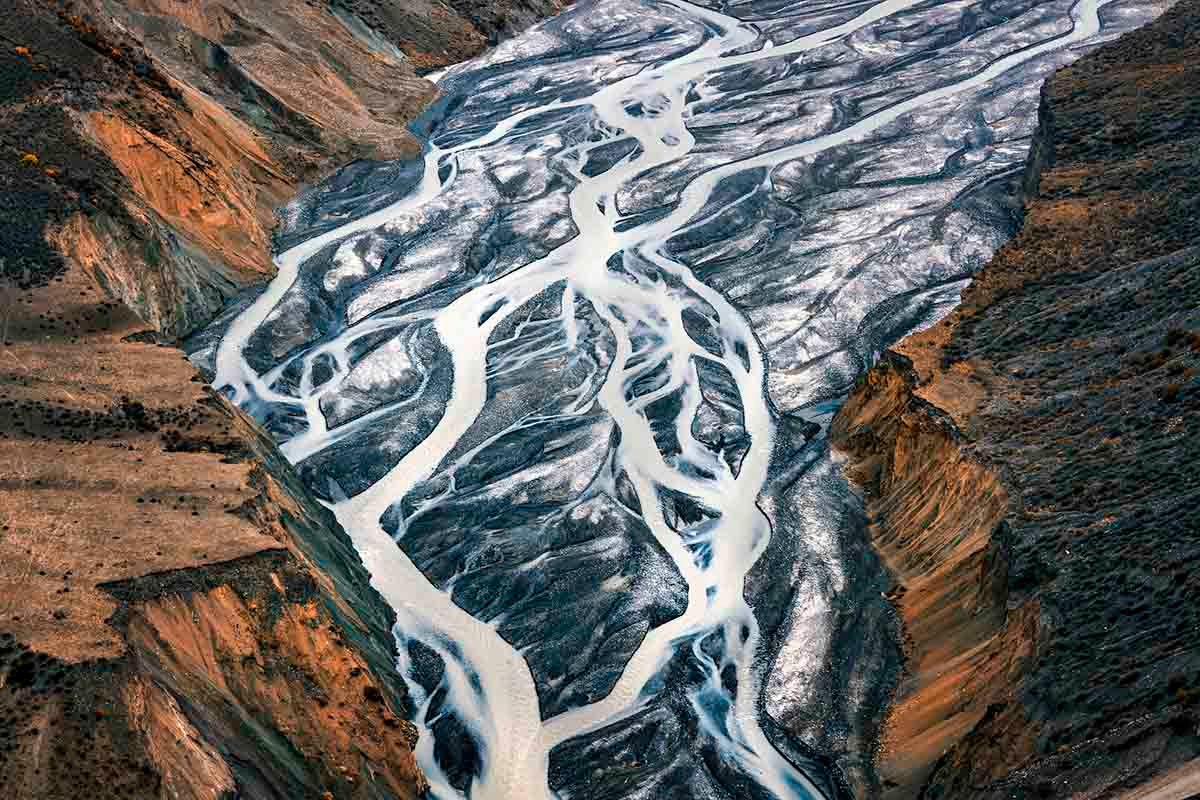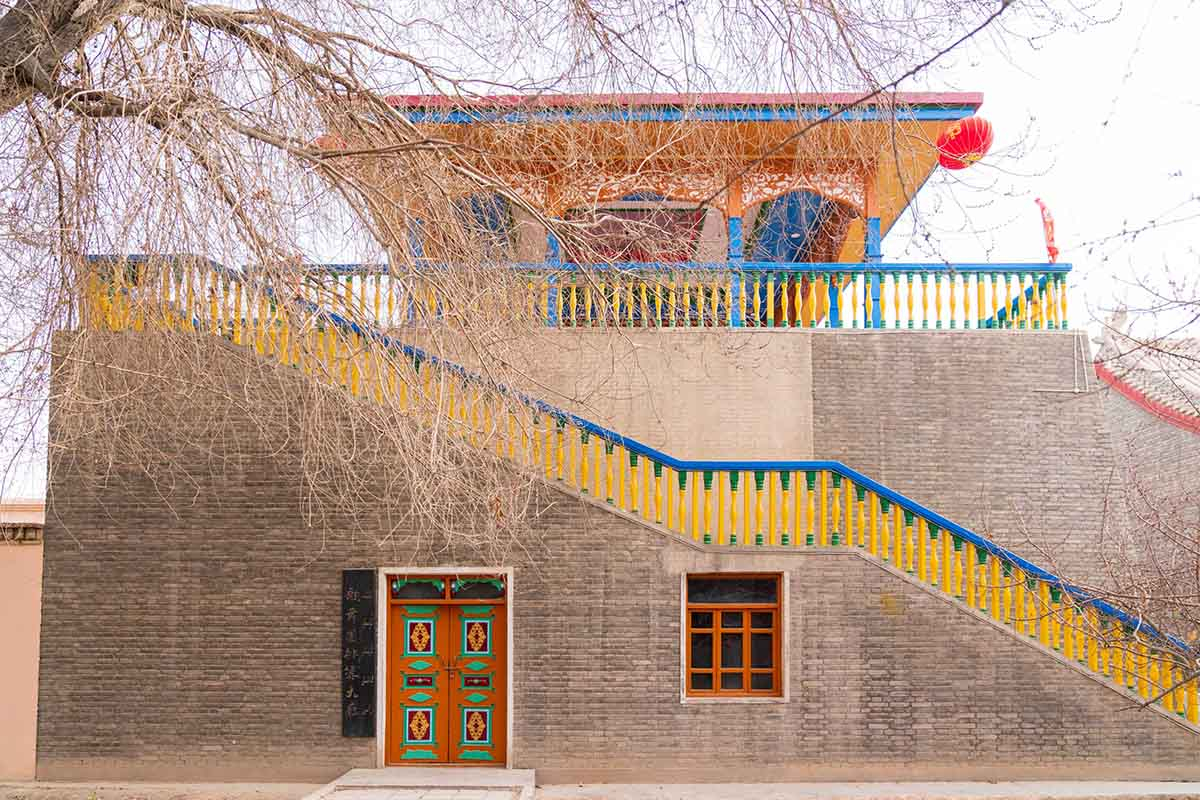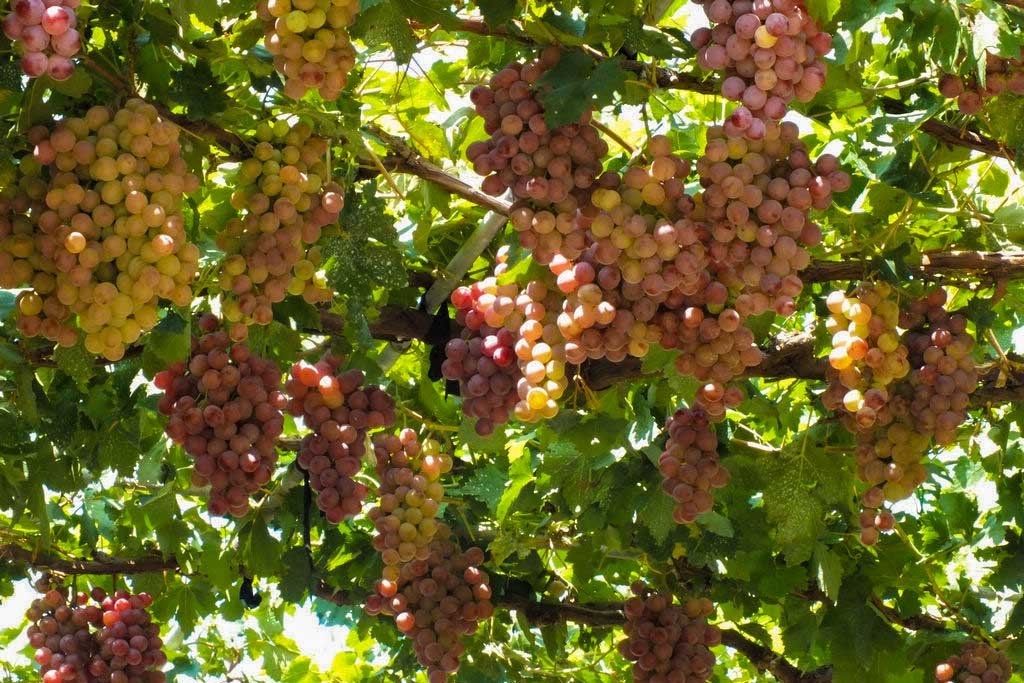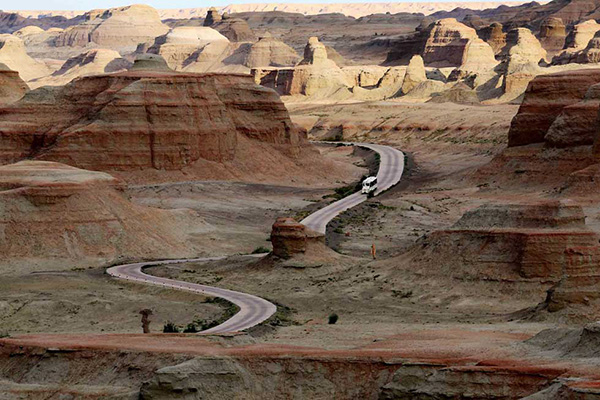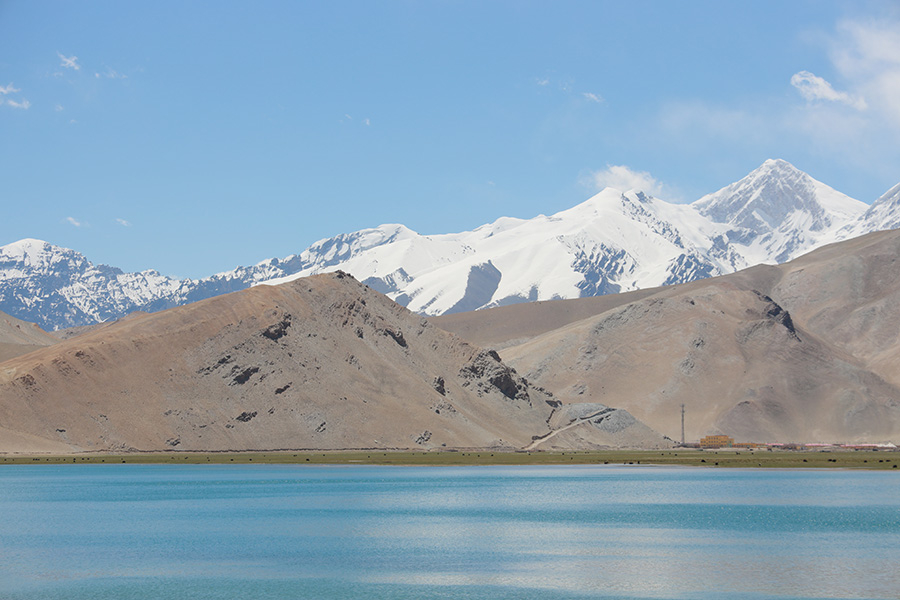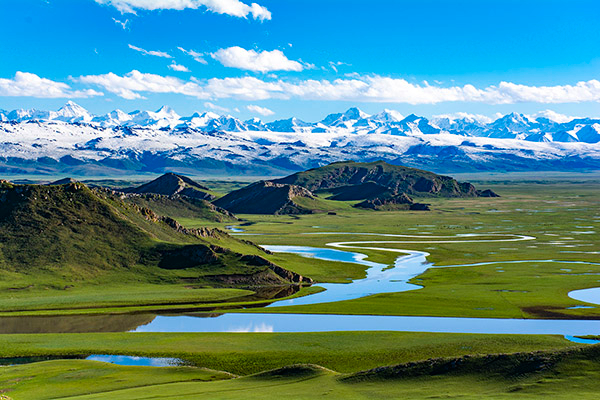Stone City
Chinese Name: 石头城 (Shi Tou Cheng)
Location: No.43, Tashkurgan Road, Tashkurgan Tajik Autonomous County, Xinjiang.
Ticket: Entrance ticket CNY60.00 include sightseeing bus.
Estimated tour time: 2-3 hours
Recommended time to visit: May to Oct.
Nearby attractions: Pamir Plateau, Karakul Lake, Tashkurgan County Museim, etc.
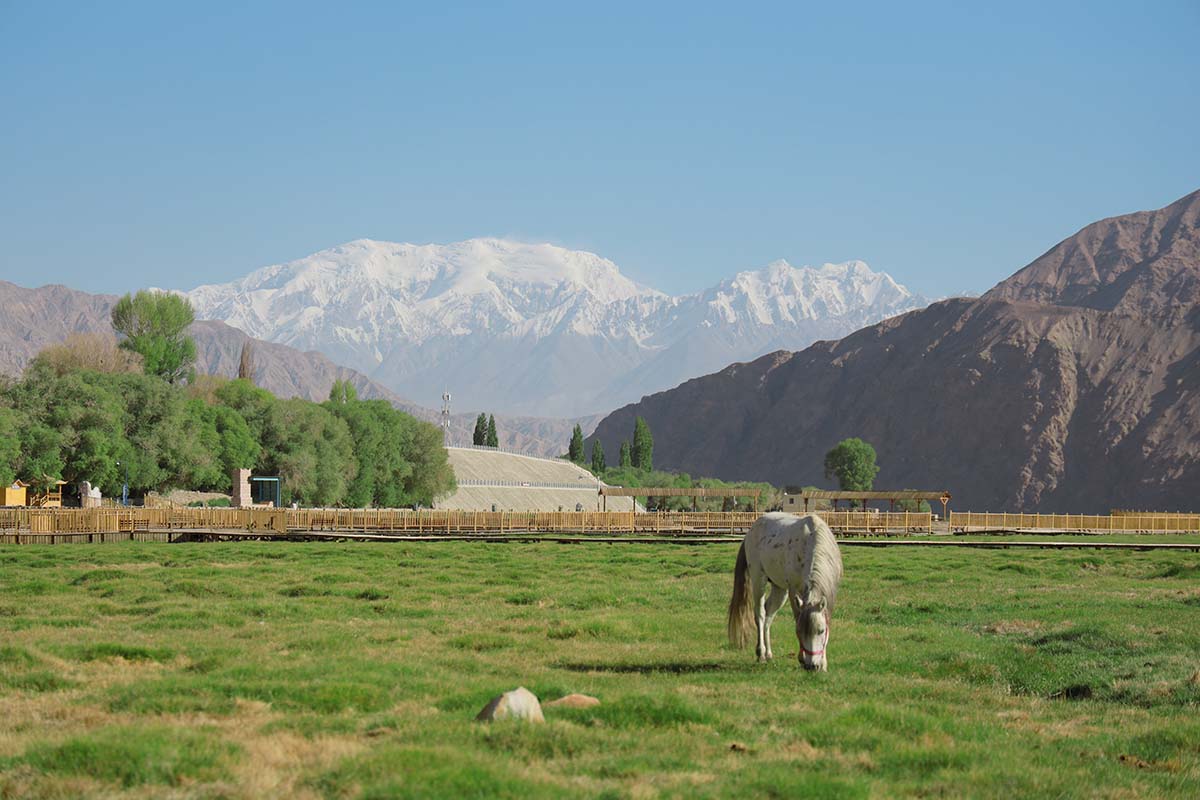
Tashkurgan Stone City is a town in the far northwest of China, close to the borders of Tajikistan, Afghanistan and Pakistan. It is the principal town and seat of
Tashkurgan Tajik Autonomous County, in the autonomous region of Xinjiang. It is located a few dozen meters north of the Tashkurgan county seat. According to research, it is the Tang Dynasty remains. Coins from the Tang Dynasty and documents from Hotan were unearthed in the city. Geographical environment of the location of the Stone City is superior.
There is a grassland under the city and there are several other grasslands around it. Tashkurgan has a long history as a stop on the Silk Road. Major caravan routes converged here leading to Kashgar in the north, Yecheng to the east, Badakhshan and Wakhan to the west, and Chitral and Hunza to the southwest (modern Khyber Pakhtunkhwa and Gilgit-Baltistan, Pakistan).
The city was a highly strategic castle on the ancient Silk Road. It has been listed as a national key cultural relic protection unit. Though left in ruins, the Stone City is surrounded by snow capped peaks, grassy beach and river, strong Tajik ethnic customs, which is quite rough and unadorned.
Tashkurgan means "Stone Fortress" or "Stone Tower" in the Turkic language. The historical Chinese name for the town was a literal translation. Tashkurgan Turkic Autonomous County, formerly known as Puli, also known as Karma, has a written history for 2,200 years. It is located in the east of Pamir Plateau, north of Karakoram Mountain, west Tarim Basin and in the south of Xinjiang.
The castle was built on a high hill and was extremely precipitous. There are multiple intermittent walls outside the city, stone mounds overlap between the partitions and piles of stones forming a unique Stone City scenery.
In the Han Dynasty, here was capital of the Puli Kingdom, one of the 36 kingdoms on the western regions. After unification of the western regions in the Tang Dynasty, a guardhouse was set up. At the beginning of the Yuan Dynasty, large scale construction was carried out to expand the city and the old Stone City had a new look. In the 28th year of the Reign of Emperor Guangxu in Qing Dynasty, the official Boli Department was set up and repairs and additions were made to the old .
Tashkurgan Stone City is one of the three most famous stone cities in Chinese history. A thousand years ago, the whole nation of the kingdom built it in 120 days. Here, there had been prosperity and wars. However, it still stands on the large rock with the grassy bank of Alar at its feet, through which the Tashkurgan River winds its way here. In ancient times more than 1,000 years ago, ancestors of the Tajik people did not have advanced tools, but they completed the Stone City - a huge and magnificent project.
● Current situation
The total area is 100,000 square meters. The existing Jin and Tang Dynasty city sites, temple, residence sites and Qing Dynasty government office. The city was divided into two parts. The outer city, which covers an area of 3,600 meters has been badly damaged. Only the remnants of walls, forts and dwellings can still be seen. There are multiple intermittent walls outside the city, stone mounds overlap between the partitions and piles of stones. The inner city is more intact, and the size of the ancient fortress can be basically seen. The perimeter of the city wall is 1,285 meters. Foundation of the city was built with stones, city walls were built with clays and stones, several outposts and batteries made of adobes. There are four city gates, of which the gate in the northeast corner of the outer city is relatively intact. There is a temple in the east of the city, the west and southeast of the city remains more than 40 room sites. According to the carbon 14 determination of wood carbon, it has a history of more than 1,300 years.
● Alar Golden Grass Beach
Alar Golden Grass Beach is located in the east of Tashkurgan county seat and on both sides of the Tashkurgan River. It covers an area of 20 square kilometers and is a wetland on the Pamir Plateau. It is under the Stone City, named after the Alar Village where the Tashkurgan River flows through. Here, there are abundant water and grass, cattles and sheep everywhere, the distant snow mountains, white clouds and blue sky blend together. In the sunset, the green grass looks golden, the white yurts of the shepherds in the distance, cattles and sheep bathed in the sunset.
Alar Golden Grass Beach National Wetland Park Scenic Spot covers an area of 28.5 square meters, including the Silk Road Ancient Castle Square, Stone City Cultural Landscape Wall, Performing Art Plaza, Landscape Column, Nayi Observation Platform, Ancient City Sunset Stand, Yongquan Stand, Water Platform, wooden plank road, the breathtaking suspension bridge with a span of 50 meters, sightseeing water wheel and other scenic modes. It has become a 4A(second class) level scenic spot for sightseeing, leisure and wetland protection.
- HOTEST
- RECOMMEND

